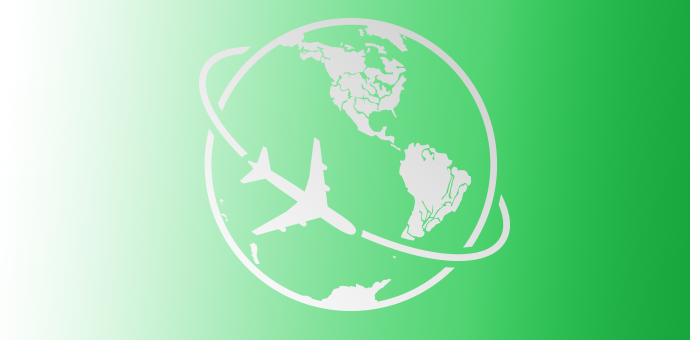Sofema Aviation Services (www.sassofia.com) and SofemaOnline (www.sofemaonline.com) offer classroom & online training covering the requirements of the European Aviation Safety Agency (EASA) Regulation EC 2018/1139.
EASA Defines Smart Environmental Standards
EASA develops smart environmental standards with its international partners to ensure that state-of-the-art noise and emission reduction technologies are integrated into aircraft and engine designs.
In this context, smart standards achieve their environmental objectives at minimal costs. EASA actively contributes to the ICAO Committee on Aviation Environmental Protection (CAEP) which develops and maintains the international standards for aircraft noise, aeroplane CO2 emissions, fuel venting and aircraft engine emissions: oxides of nitrogen (NOx), unburned hydrocarbons (HC), carbon monoxide (CO), smoke and non-volatile particulate matter (nvPM).
Once the standards have been agreed in ICAO, EASA works with the European Commission to implement them into EU legislation by amending the corresponding rules. Environmental standards are currently reflected in Article 9(2) and Article 19(3) of the Basic Regulation, Annex II (Part-21) of the Implementing Regulation, and the Certification Specifications of CS-34 (emissions) and CS-36 (noise). EASA is also involved in standardisation committees working on technical specifications which support the ICAO standards (e.g. SAE, ISO).
Basic Regulation Content Related to Environment
The essential requirements concerning environmental compatibility of the design of aeronautical products should address, where necessary, both aircraft noise and emissions to protect the environment and human health from harmful effects of those products.
They should correspond to the requirements which have been established in this regard at an international level, as laid down in the Chicago Convention.
In order to ensure full consistency, it is appropriate to refer in this Regulation to the relevant provisions of that Convention. However, products, parts and non-installed equipment should be made subject to the essential requirements for environmental compatibility laid down in Annex III to this Regulation to the extent that the provisions of the Chicago Convention do not contain environmental protection requirements.
As regards those products, parts and non-installed equipment, provision should also be made for the possibility of laying down detailed environmental protection requirements.
- Upon request of the Member State, reports drawn up by the Agency pursuant to paragraph 1 shall be made available to it in the official Union language or languages of the Member State where the inspection took place.
- The Agency shall publish a summary of information about the application by each Member State of this Regulation and of the delegated and implementing acts adopted on the basis thereof. It shall include that information in the annual safety review referred to in Article 72(7).
- The Agency shall contribute to the assessment of the impact of the implementation of this Regulation and of the delegated and implementing acts adopted on the basis thereof, without prejudice to the Commission’s assessment under Article 124, having regard to the objectives set out in Article 1. 9.c The Commission shall adopt implementing acts laying down detailed rules on the working methods of the Agency for conducting the tasks under this Article. Those implementing acts shall be adopted in accordance with the examination procedure referred to in Article 127(3).
Reference Article 87 Environmental Protection
The measures taken by the Agency as regards emissions and noise, for the purpose of the certification of the design of products in accordance with Article 11, shall aim to prevent significant harmful effects on climate, environment and human health caused by the civil aviation products concerned, giving due consideration to the international standards and recommended practices, environmental benefits, technological feasibility and economic impact.
The Commission, the Agency, other Union institutions, bodies, offices and agencies and the Member States shall, within their respective fields of competence, cooperate on environmental matters, including those addressed in Directive 2003/87/CE of the European Parliament and of the Council and
Regulation (EC) No 1907/2006 with a view to ensuring that interdependencies between climate and environmental protection, human health and other, technical, domains of civil aviation are taken into account, giving due consideration to the international standards and recommended practices, environmental benefits, technological feasibility and economic impact.
The Agency shall, where it has the relevant expertise, assist the Commission with the definition and coordination of civil aviation environmental protection policies and actions, in particular by conducting studies, simulations and providing technical advice while taking into account the interdependencies between climate and environmental protection, human health and other, technical, domains of civil aviation.
Sofema Aviation Services (www.sassofia.com) and Sofema Online (www.sofemaonline.com) are pleased to offer EASA Compliant Regulatory & Vocational Classroom & Online Training. For details please see the websites or email office@sassofia.com or online@sassofia.com




